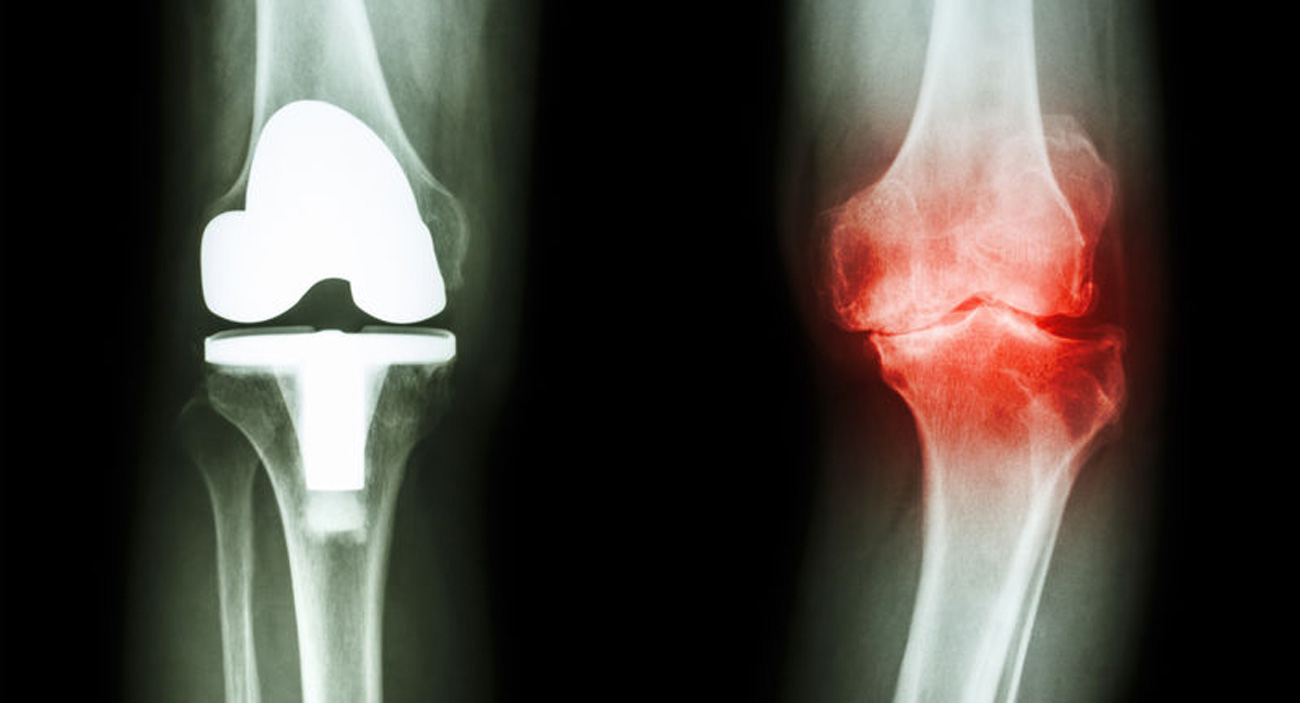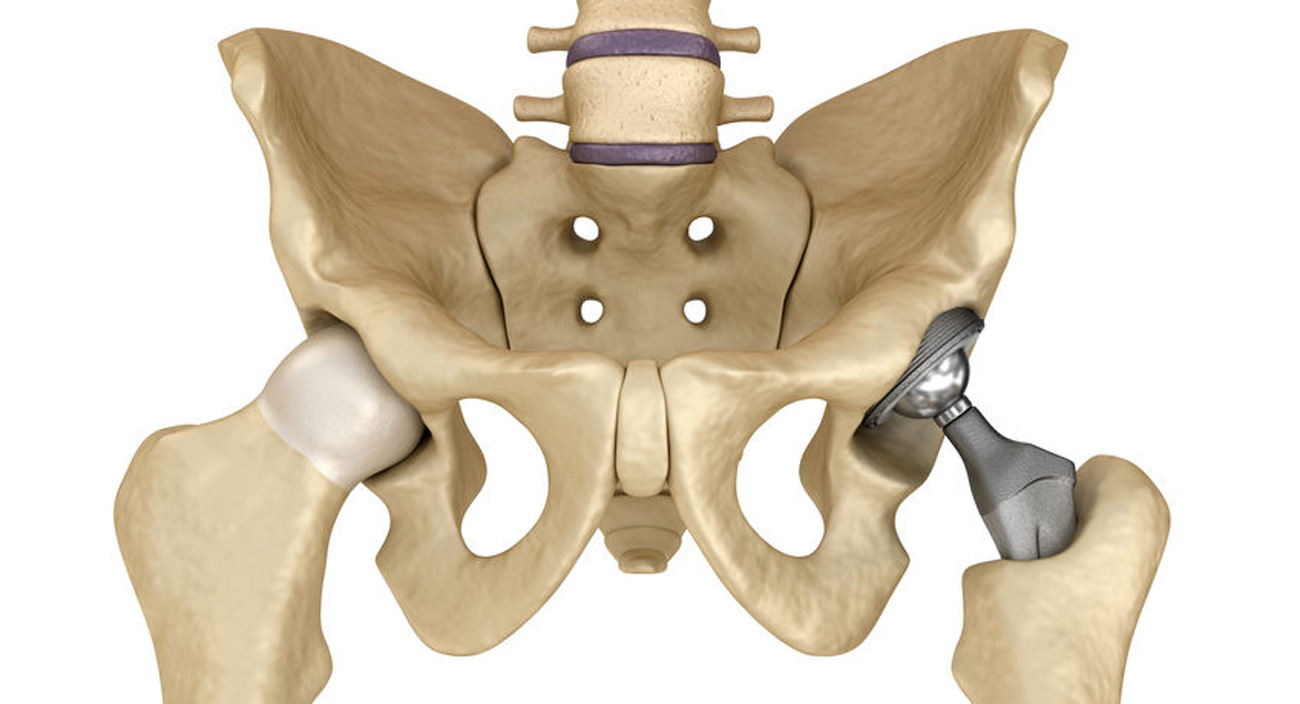Joint Replacement
Knee replacement
A knee replacement is the surgical removal of the damaged (arthritic) parts of the knee joint and replacing it with metal and plastic implants (prosthesis).
MAKO: Robotic-arm Assisted Joint Replacement Surgery
Knee replacement surgeries have been performed since the 1970’s, but now with the use of MAKO, orthopedic surgeons are able to provide patients with a more predictable, personalized, and precise joint replacement.
A knee replacement may be complete (total) or partial, depending on how much arthritis there is, as well as its location.
Knee pain may be caused by many problems which result in arthritis. It can make simple activities such as walking very difficult. When arthritis pain is inadequately controlled by non-surgical means such as injections, exercises, medicines, braces or assistive devices for walking, knee replacement may be a good option.
Your surgeon will be able to counsel you as far as the best surgical option if non-surgical treatment options fail.
The hospital stay after knee replacement is typically 1-2 days. Patients should be able to walk and even go up and down several steps prior to discharge home. An important part of recovery from knee replacement surgery is physical therapy, which will help the patient regain range of motion, strength and function of the knee joint. This is typically performed at home for the first 2 weeks after surgery and continued on an outpatient basis after 2 weeks. If a patient has difficulties with becoming independent while they are still in the hospital after surgery, transfer to a rehabilitation facility is recommended until they are independent enough to return home.
Hip replacement
Hip replacement can help restore pain-free range of motion and function in a hip joint.
Hip pain may be caused by severe arthritis, previous fracture, avascular necrosis, or other conditions. It can limit mobility, making simple activities such as getting up from a chair or putting shoes or socks on very difficult. It may even cause pain at rest, making it difficult to be comfortable.
If medications, injections, physical therapy, walking supports, & other conservative treatments fail, hip replacement surgery is usually considered.
After a thorough history, physical exam, review of x-rays or other imaging studies, your surgeon can help you decide if hip replacement surgery is the best method to relieve your pain. Your surgeon will also discuss potential risks & complications, recovery period, & long-term activity level.
The hospital stay is typically 1-3 days. Patients should be able to get in and out of bed, walk with an assistive device, go up and down a few steps, have pain well controlled, understand hip precautions, and be able to perform home exercises. If a patient has difficulty performing these activities, transfer to a rehabilitation facility is recommended until they are independent enough to return home.
A total hip replacement is the surgical removal of the entire hip joint and replacement with an artificial joint called a prosthesis.
MAKO: Robotic-arm Assisted Joint Replacement Surgery
Hip replacement surgeries have been performed for decades, but now with the use of MAKO, orthopedic surgeons are able to provide patients with a more predictable, personalized, & precise joint replacement. MAKO robotic arm assisted technology is used for partial and total knee and total hip replacement surgeries.
MAKO: Robotic-arm Assisted Joint Replacement Surgery
MAKO robotic arm assisted technology is used for partial and total knee & total hip replacement surgeries.
This advanced technology starts with a CT scan of your joint to construct a3D model. This unique model is used before and during surgery with the assistance of a robotic arm to help the surgeon perform the surgery with optimal precision.
MAKO has been widely researched & shown to improve post-op function, recovery rates and decrease complication rates. Dr. Tuan has been trained and is currently utilizing MAKO joint replacement technology.


